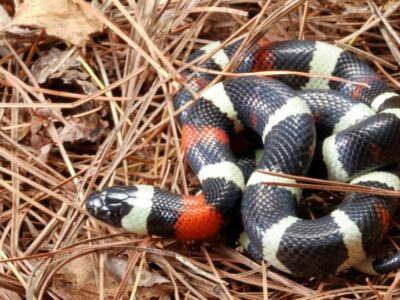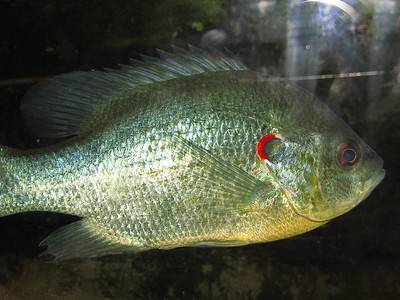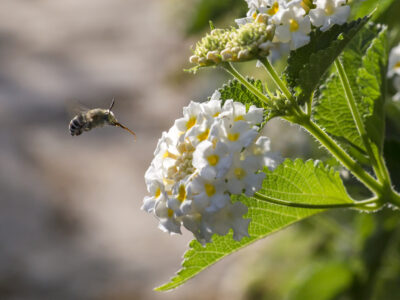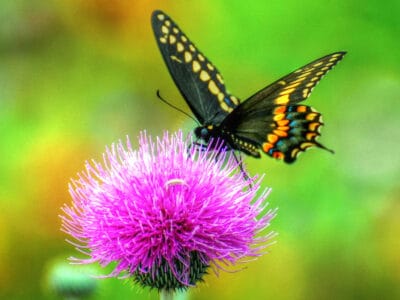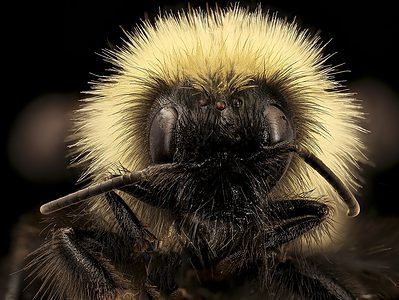Vermont is a small state known for its rolling hills, dairy farms, and breathtaking rural scenery. The state’s population is about 626,000. Vermont has over 4 million acres of forest, which is more than 75% of the state. Another 15% of the state’s land is dairy farms. That accounts for the beautiful scenery, sparse population, and abundant wildlife.
Home to hundreds of bird species, it is also home to many migrating birds who stop on their way south. Its many forest mammals include foxes, bobcats, raccoons, muskrats, and black bears. Rodents, rabbits, and opossums are all native to the state. Frogs and toads are abundant, and you can hear them sing in the famous “spring chorus” that heralds the arrival of warmer weather.
The Official Animal of Vermont
The Morgan horse (Equus cabullus morganensis) was named the state’s official animal in 1961. This beautiful breed of horse is one of the earliest breeds developed in the U.S. In 1907, the U.S. Department of Agriculture established the U.S. Morgan Horse Farm in Middlebury, Vermont. It is now owned by the University of Vermont.
The Morgan horse is the state horse of Massachusetts and the state mammal of Rhode Island. Vermont poet Robert Frost wrote about “a little Morgan” in his poem The Runaway.
Where To Find the Top Wild Animals in Vermont
Wildlife is everywhere in Vermont, and you can see wild animals in every season and every part of the state. If you want to see moose, visit the bogs and wetlands areas in the autumn, which is the mating season for these huge ungulates. Victory Basin Wildlife Management Area and Conte National Wildlife Refuge are great places to see them.
One of the world’s largest goose migrations happens every fall as thousands of snow geese and Canada geese make their way 5,000 miles from the Arctic to the southern U.S. In Vermont, they stop at Dead Creek Wildlife Management Area.
Besides geese, this is a great place to spot northern saw-whet owls, peregrine falcons, snowy owls, wild turkeys, and woodpeckers. You can also spot rodents, gray foxes, river otters, and southern bog lemmings. If you like reptiles and amphibians, you’ll see mudpuppies, garter snakes, eastern newts, common water snakes, and painted turtles.
Vermont’s ponds are home to common loons, whose call is famous for its haunting, musical quality. Loons almost became extinct in Vermont, but conservation efforts have helped their numbers grow. Any pond surrounded by wilderness is a good place to listen for loons, but wildlife experts recommend keeping a distance to avoid disturbing the birds.
Vermont holds a Christmas Bird Count between December and January to tally the number of bird species in the state. Birders of all levels take part in identifying the number of cardinals, grosbeaks, owls, ravens, and other birds in the state.
The Most Dangerous Animals in Vermont Today
Although Vermont has some fierce predators, most of them are harmless to humans.
- Deer tick: This tiny bloodsucker transmits many diseases, including Lyme’s disease. Vermont’s wild woods are filled with them, so it’s important to wear protection and check yourself after a hike or walk in the woods.
- Moose: Although most moose avoid humans, they can become if they feel threatened. Avoid disturbing a moose that is mating or protecting its young.
Endangered and Extinct Animals in Vermont
Vermont passed its own endangered species laws decades ago. Since then, it has seen recoveries of peregrine falcons, loons, and ospreys. There are still some endangered species on the state government’s list:
- Bald eagle
- Little brown bat
- Timber rattlesnake
- Rusty-patched bumblebee
- Dwarf wedge mussel
- Canada lynx
- Spiny softshell turtle
- Lake sturgeon
Wolves were once widespread in Vermont, but now they are extinct there. There are wolves on the state’s border with Canada, and wildlife biologists hope wolves will be reintroduced to Vermont.
The slender, cat-like marten is a member of the weasel family that’s native to Vermont. Once extinct, martens have been successfully reintroduced.
Vermont claims to be one of the native homes of the strange creature known as a sidehill gouger or a wampahoofus. In fact, Vermont has a trail in one of its national parks called Wampahoofus Trail. Sidehill gougers were mountain-dwelling mammals that were half deer and half boar. Although these animals appear in folklore, there is no evidence the strange mammals ever existed.
State Where Nature is Safe
Vermont has many wild places where wild animals thrive. Its forests, dairy farms, and scenic ponds are home to a wide variety of strange and beautiful animals. Visitors to the state have many opportunities to see wildlife in its most natural state.
Native Plants in Vermont
Vermont is home to a variety of plant species, primarily covered by northern hardwoods and conifers, especially in the Green Mountains. While most of the state’s terrain is forested, some open areas are mainly used for agricultural purposes. Native plants in Vermont include red baneberry, leatherleaf, and red maple.
The Coldest and Snowiest Places in Vermont
The coldest place in Vermont is the small town of Sutton which spends a large part of the year at below freezing temperatures with an average low temperature of around 26°F. However, the snowiest place in Vermont is Cabot, in Washington County, which can receive up to 100 inches of snow each year.
The Flag of Vermont
The flag of Vermont has the state’s coat of arms at its center and its motto “Freedom and Unity” displayed underneath. Within the coat of arms there are many symbols that represent the identity of Vermont. The cow and sheaves of wheat recognize the state’s agriculture and dairy industries, the pine tree and mountains are in appreciation of Vermont’s forests and landscapes, while the deer head above represents commitment to their wildlife and natural resources. The coat of arms is also framed on each side by pine needles which pay tribute to the soldiers that fought in the Battle of Plattsburgh during the War of 1812 wearing pine branches on their uniforms.
More Articles Related to Vermont
Read about:
- extinct animals that lived in Vermont.
- Deer Season In Vermont: Everything You Need To Know To Be Prepared
- the longest biking trail in Vermont.
- the highest point in Vermont.
- the most breathtaking waterfalls in Vermont.
- The 5 States with the Most Dangerous Blizzards (Vermont is one of them!)
Vermonter Animals
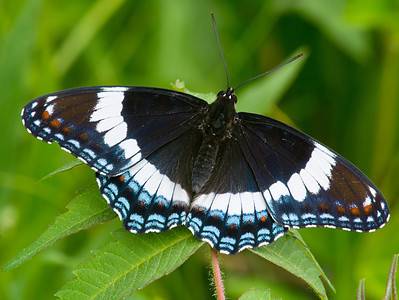
Admiral Butterfly
Stunningly beautiful wings
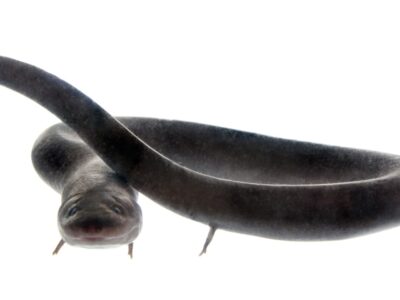
American Eel
Don't eat raw eel! Their blood is poisonous to humans when consumed raw.
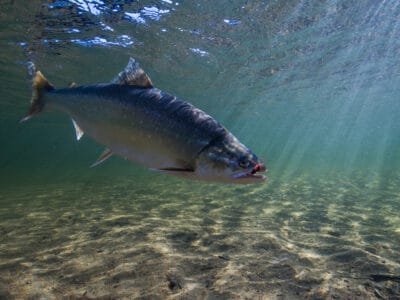
Arctic Char
Arctic char is the northern-most fish; no other fish lives anywhere further north!
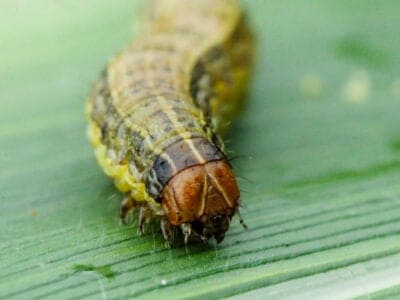
Armyworm
They are so named because they "march" in armies of worms from one crop to another in search of food
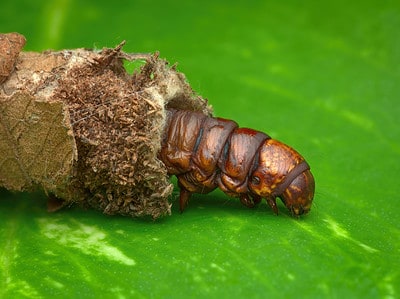
Bagworm Moth Caterpillar
They continually enlarge their protective cases
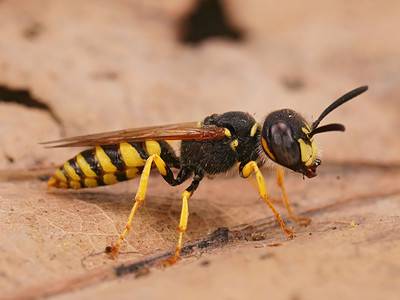
Beewolf wasp
They hunt bees
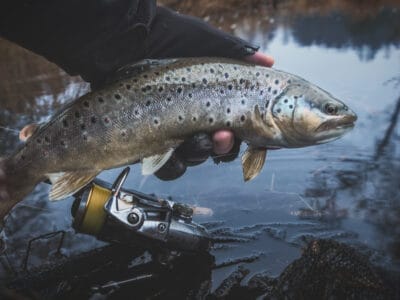
Brook Trout
The Brook Trout is actually part of the salmon family, making it not technically a trout.
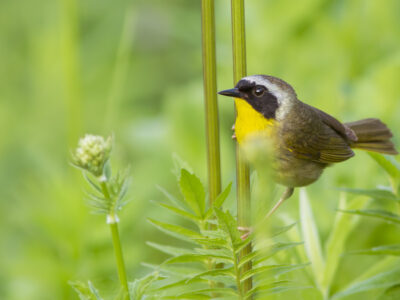
Common Yellowthroat
The Common Yellowthroat stays close to the ground and uses stealth to survive!
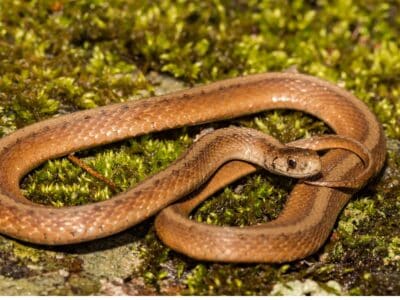
De Kay’s Brown Snake
They have specialized jaws for removing snails from shells.
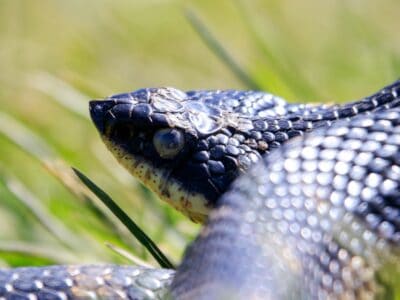
Eastern Hognose Snake
Eastern hognose snakes are venomous, but only to frogs and toads.
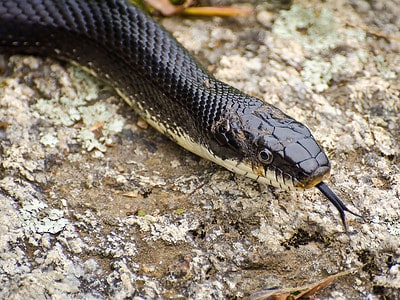
Eastern Rat Snake
Rat snakes are medium-to-large, nonvenomous snakes that kill by constriction.
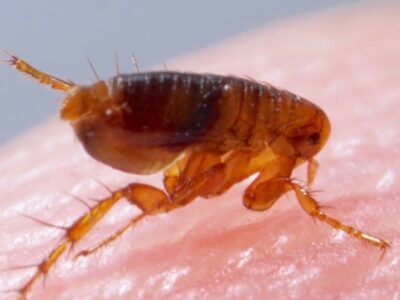
Flea
Adult fleas can jump up to 7 inches in the air
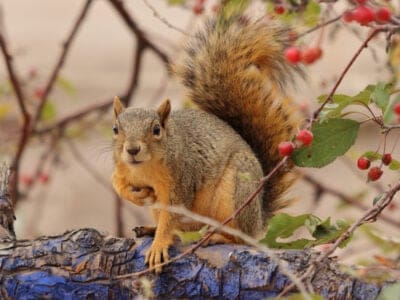
Fox Squirrel
Although it is a tree squirrel, it spends most of its time on the ground.
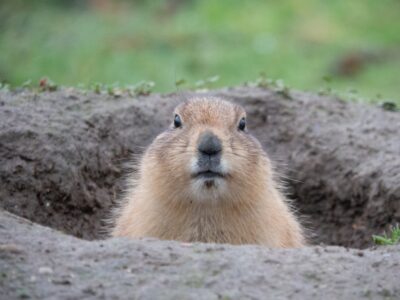
Groundhog (Woodchuck)
They whistle to each other to warn of approaching danger!
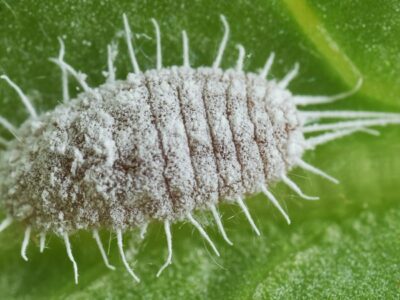
Mealybug
They have a symbiotic relationship with ants.
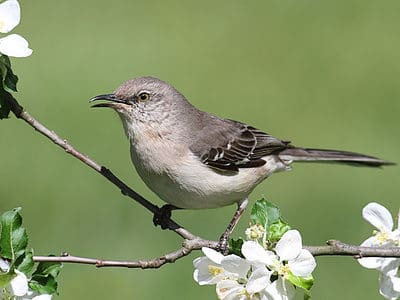
Mockingbird
Mockingbirds are incredible mimics that can learn hundreds of songs!
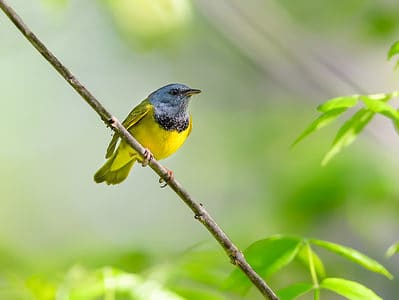
Mourning Warbler
The Mourning Warbler was named for its gray head, which resembles a mourning veil!
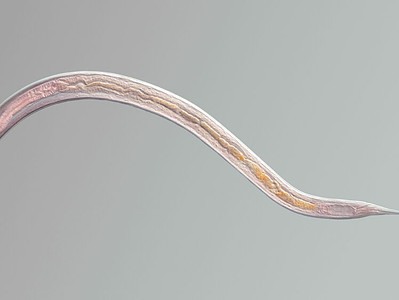
Nematode
Nematodes range in size from 1/10 of an inch to 28 feet long
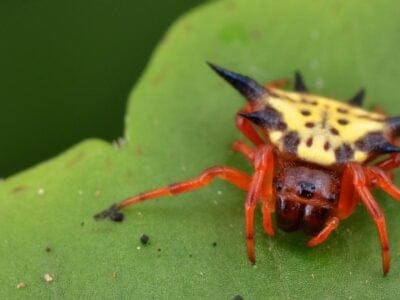
Orb Weaver
Females are about four times the size of males
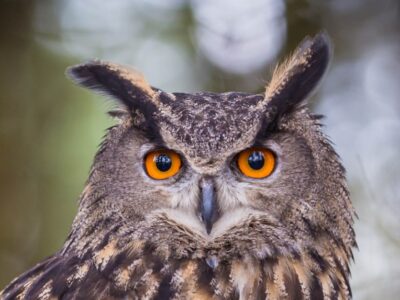
Owl
The owl can rotate its head some 270 degrees
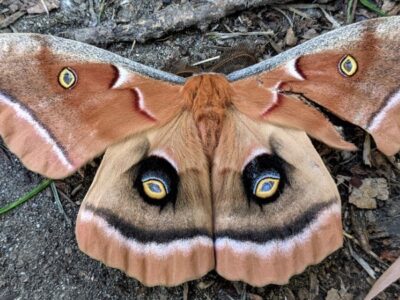
Polyphemus Moth
The Polyphemus moth doesn’t and can't eat, except when it's a caterpillar!

Rat Snakes
Rat snakes are constrictors from the Colubridae family of snakes.
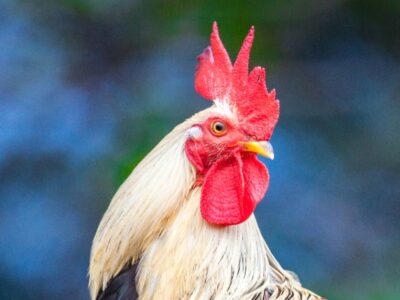
Rooster
Will mate with the entire flock!
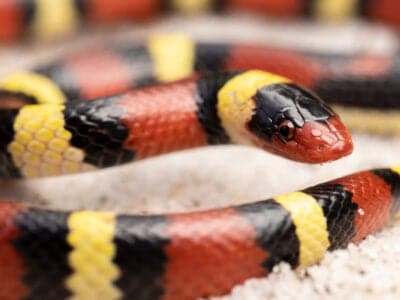
Scarlet Kingsnake
Scarlet kingsnake’s pattern is an example of Batesian mimicry.
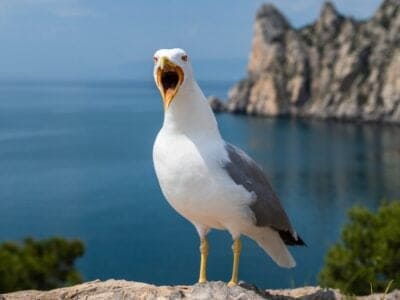
Seagull
Some gulls are capable of using tools
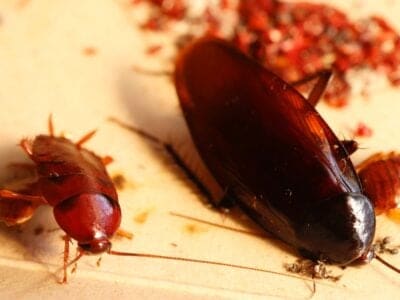
Smokybrown Cockroach
Has up to 45 eggs per egg case
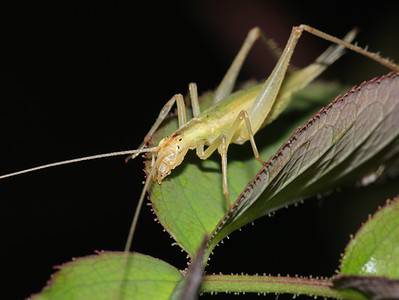
Tree Cricket
They make music with their wings
Vermonter Animals List
- Admiral Butterfly
- American Eel
- Arctic Char
- Armyworm
- Bagworm Moth Caterpillar
- Beewolf wasp
- Brook Trout
- Common Yellowthroat
- De Kay’s Brown Snake
- Eastern Hognose Snake
- Eastern Rat Snake
- Flea
- Fox Squirrel
- Groundhog (Woodchuck)
- Mealybug
- Milk Snake
- Mockingbird
- Mourning Warbler
- Nematode
- Orb Weaver
- Owl
- Polyphemus Moth
- Rat Snakes
- Redear Sunfish
- Rooster
- Scarlet Kingsnake
- Seagull
- Smokybrown Cockroach
- Southeastern Blueberry Bee
- Swallowtail Butterfly
- Tree Cricket
- Yellowish Cuckoo Bumblebee (formerly Fernald’s Cuckoo Bumblebee)
Animals in Vermont FAQs (Frequently Asked Questions)
What Animals Live in Vermont?
Vermont has many wild areas, and it’s easy to see all kinds of animals. Bears, wolves, and eastern coyotes prey on rabbits, voles, and snowshoe hares. Moose, beavers, and white-tailed deer live in the forests. Its rodents include squirrels, mice, and gophers. Opossums, porcupines, and river otters live by the streams along with loons and other aquatic birds. As a largely rural state, it is home to many of the most iconic woodland animals of the northeastern states.
Vermont also has a high number of dairy cows and dairy goats. Since 1970, the tiny state of Vermont has produced 1.3% of the milk consumed in the U.S.
What Dangerous Animals Live in Vermont?
Moose, black bears, and wolves can be dangerous if you provoke them. Vermont’s most dangerous animals, however, include deer ticks, and mosquitoes.
What aquariums are in Vermont?
Vermont is home to two different aquariums. One is ECHO, which can be found in Burlington and features a shipwreck recreation. The other aquarium is located in Norwich and is named the Monstshire Museum of science.
What Large Predators Live in Vermont?
Vermont’s largest predator is the eastern coyote (Canis latrans). This coyote is larger than its western cousin because it is a cross between a coyote and a wolf. It is also quieter and tends to only “yap” at dawn and dusk. It feeds on small mammals and rodents. Most of Vermont’s coyotes stay in forested areas and rarely interact with humans.
Vermont’s other predators include the eastern bobcat (Lynx rufus rufus) and the Canada lynx (Lynx canadensis canadensis). Bobcats are plentiful, but it’s rare to see them because they are very shy. The Canada lynx is a native Vermont big cat that is critically endangered in the state.
Does Vermont Have Mountain Lions?
No, there are no mountain lions in Vermont. Periodically, people in Vermont report seeing large, cat-like animals in the woods that they think are mountain lions or catamounts, as they are known locally. According to wildlife biologists, these sightings are most likely bobcats.
Are There Wolverines in Vermont?
There are no wolverines in Vermont.
Some people who claim to have seen wolverines there have probably seen a fisher (Pekania pennanti). A fisher is a small, omnivorous mammal that lives in the forests and is related to weasels. Cat-like fishers are excellent climbers and good hunters who prey on snowshoe hares and porcupines. In the 19th century, fishers were hunted almost to extinction, but now they are abundant in the northern U.S. states.
How Many Snake Species Live in Vermont?
There are 11 snakes in Vermont. The timber rattlesnake is the only venomous species found in the state. The rest, including the common garter snake, eastern rat snake and North American racer, are harmless to humans.
What spiders live in Vermont?
Spiders in Vermont include everything from the daring jumping spider and the deadly ground crab spider to the common house spider. Many others live there too, like the six-spotted fishing spider that can catch fish more than 5 times their size!




